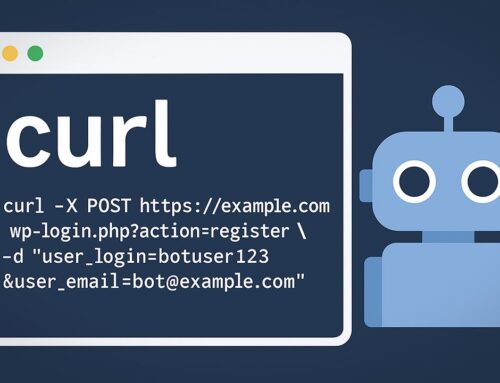A RESTful API is an API(Application Programming Interface) that conforms to the constraints of REST architectural style and allows for interaction with RESTful web services. REST stands for representational state transfer and was created by computer scientist Roy Fielding.
RESTful APIs are made up of a collection of resources, each of which can be accessed using a unique URL. The resources are identified by their URLs, and they can be accessed using HTTP GET, POST, PUT, and DELETE requests.
RESTful APIs are designed to be easy to use, scalable, and secure. They are also designed to be self-documenting, which means that the API itself should provide all the information that a developer needs to use it.
RESTful APIs are often used to expose data and functionality from a web application to other applications. For example, a RESTful API might be used to allow a mobile app to access data from a web application, or to allow a website to display content from a web application.
Here are some of the benefits of using a RESTful API:
- Easy to use. RESTful APIs are based on HTTP requests and responses, which are familiar to most developers.
- Scalable. RESTful APIs can be easily scaled to handle large amounts of traffic.
- Secure. RESTful APIs can be easily secured using standard security measures.
- Self-documenting. The API itself should provide all the information that a developer needs to use it.
- Easy to integrate with other applications. RESTful APIs can be easily integrated with other applications that use the HTTP protocol.
Overall, RESTful APIs are a powerful tool that can be used to expose data and functionality from a web application to other applications. RESTful APIs are easy to use, scalable, and secure, but they can be complex to design and implement.
Sources – Learn more








